After an afternoon kayaking outing on one of the last warm summer afternoons of the year, I returned to the dock where I’d put in to pry myself out of the cockpit. There was a man in the water hanging on to the end of the dock. I asked him how the water was, thinking he was in there to cool off, but he made it clear that he wasn’t swimming for pleasure: “My girlfriend threw my pants in the water and all my money is in the pockets.”I peered into the water that was in my shadow. On the bottom I could just make out a shopping cart and a green ride-share bike, but no pants. He said they were farther out, but on that side of my kayak there was only glare. I hauled myself up on the dock and wished him luck, as much for finding his pants as for finding a new girlfriend.On the drive home I regretted not doing anything more to help, but he had a diving mask on, so if the pants were somewhere near the dock, he’d be able to see and retrieve them; the water there is only about 12′ deep.
Join The Conversation
We welcome your comments about this article. To include a photo with your remarks, click Choose File below the Comment box.

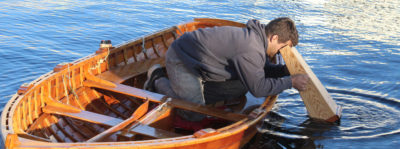
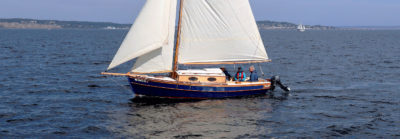


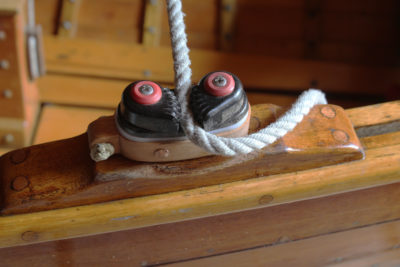
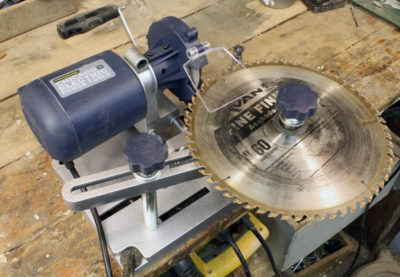
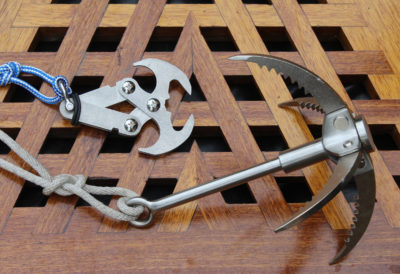


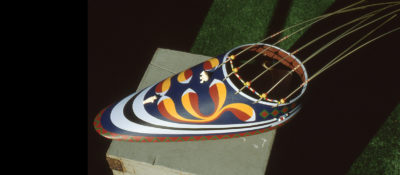
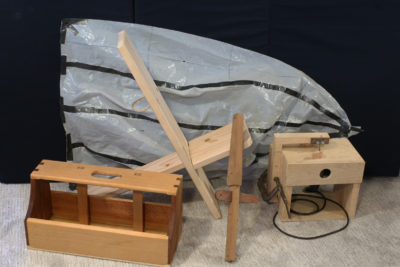
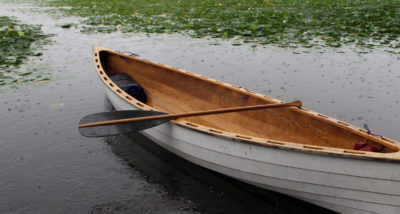
When I was about 16 or so, I built a diving machine modeled (roughly) after military dive pumps worked by a lever handle. The pump cylinders were opposed, so that every stroke sent a pulse of air down the hose. I used shortening cans for cylinders, with pistons made from plywood disks fitted with leather cups. All the other parts were made from wood. The breathing part was a modified WWII army gas mask.
My buddy and I took it down to the lake (Chelan) and dove with it off the swimming dock. After a few minutes, I realized I wasn’t getting any air. When I came up to check, my friend was holding the broken off handle in a gesture of futility.
With a new and improved handle, we were able to get down to about 18 or so feet. When the mask would start to fill up with water, the procedure was to roll over on your back, and let gravity take the water out. The design worked, sort of, but had some serious design flaws. For example, the cylinders were too fat, and the leverage to weak to pump air more than about 15 feet deep. And of course the gas mask was wholly inappropriate for the task.
Later, after a family friend gave me an old worn-out lawn mower engine, I hooked that up to a refrigerator compressor. The first application was to go down to hook up a new chain to the mooring anchor for my dad’s boat. Fortunately, that didn’t take long, as the gas engine blew the exhaust directly into the compressor’s intake.
Nowadays, if parents allowed a kid to do that kind of stuff, they’d be cited for child abuse.
I’m pleased to have a kindred spirit here. I’d like to emphasize Dave’s final comment with a word of caution. Breathing compressed air at depth is dangerous. If you take a deep breath of air in a diving helmet and then bail out and swim to the surface, the air in your lungs will expand as the water pressure decreases. If you don’t exhale on the way up, you can damage your lungs. Using a compressor to deliver air is also dangerous. Even if you can assure that toxic gas-engine exhaust doesn’t get to the diver’s air intake, most compressors lubricate the piston with oil. The oil gets atomized in the air and when the mix is inhaled the oil gets into the lungs. The plastic raft pump I used has no lubrication and operates at a very slow speed. I also had a buoy tied to the helmet with about 12′ of cord; when it was taut, that was the signal to stop descending.
Good story! Those were the days.
That’s awesome!
safety third!
Skipper’s going to need one of these. Let us know what magnet you find. We bought one a while back but it was too small.
I’ll start with this magnet. It has been kicking around the shop for years. We used it once for fishing out of the yawl and didn’t come up with much, but we were using it blind. With the bathyscope we’ll be able to make a quick search of an area and send the magnet down if we see something.

Old old-fashion speakers (thriftshop/dumpster) have very large circular magnets.
Just knock it off, take a wire loop and a long rope. Have fun; find lots of rubbish !
Hi Chris,
I would think that the guys in Menorca were searching for octopus amongst the rocks on the bottom. I have seen the fishermen doing this in the Greek islands.
Enjoying the mag, Whitehall almost finished, will send some photos.
Kind regards,
Barry Biddlecombe in the UK
What a nice and entertaining article–very enjoyable. I really like your ingenuity! Thank you, Christopher!
Ha! We just saw the movie “Mud,” in which one of the characters hunts mussels with a DIY hard hat diving rig!
When I was in first grade, in the ’50s, we lived in Waukegan, Illinois, where divers at the Navy base were still using hard-hat gear. One day a rumor raced through town that one of the divers had surfaced too fast, and that his eyeballs were on his cheeks when they got his helmet off. I never knew if it was a true story, but it still makes my guts crawl to think of it!
I am still in awe as to how I made it to 25 yrs old with all the crazy stuff we did! 64 now. Now just falling down is my biggest worry!
I’m 68 now and I don’t care much for falling either. It seems to hurt a whole lot more than it used to. When I was 21 it didn’t seem at all crazy to risk falling out of the sky.
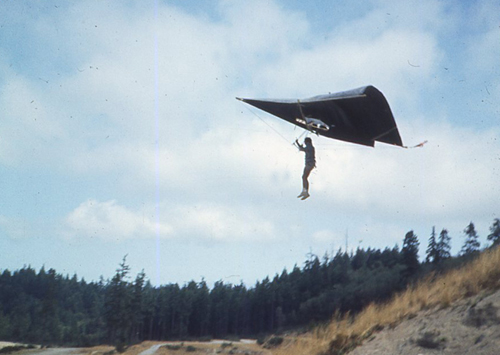
Christopher Cunningham, Editor Small Boats Magazine
Fly no higher than you’re willing to fall. I’ve given up aviation for boats. I’m not willing to fall further than freeboard now days, and not much freeboard at that..
I have stumbled on another very quick and dirty (?) technique for seeing underwater. If you are swimming or diving without a mask, you can carefully cup your hands around your forehead, eyes, and cheeks to make an air/watertight seal. You then blow bubbles into this little air pocket, and you can get a quick clear look around. Of course, the bubble seal only lasts a few seconds, but at least you do get a glance. I have practiced this at the surface, and also when swimming to the bottom of a pool. What I haven’t tried yet, but I’m thinking about, is to use the bubble pocket over the eyes while upside down in the kayak. This suggests the desirability of a reliable roll.